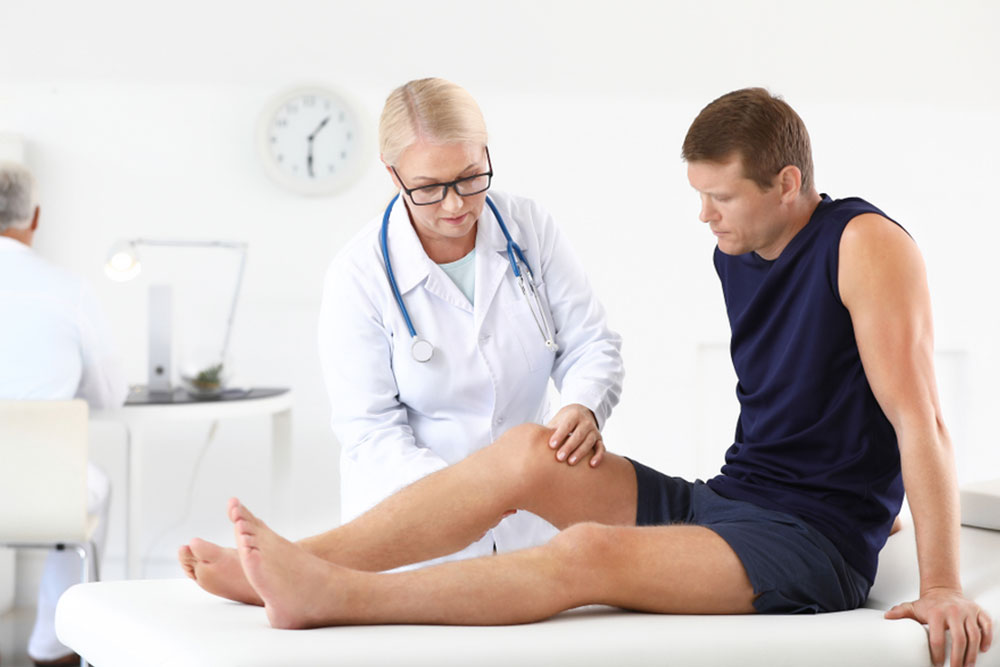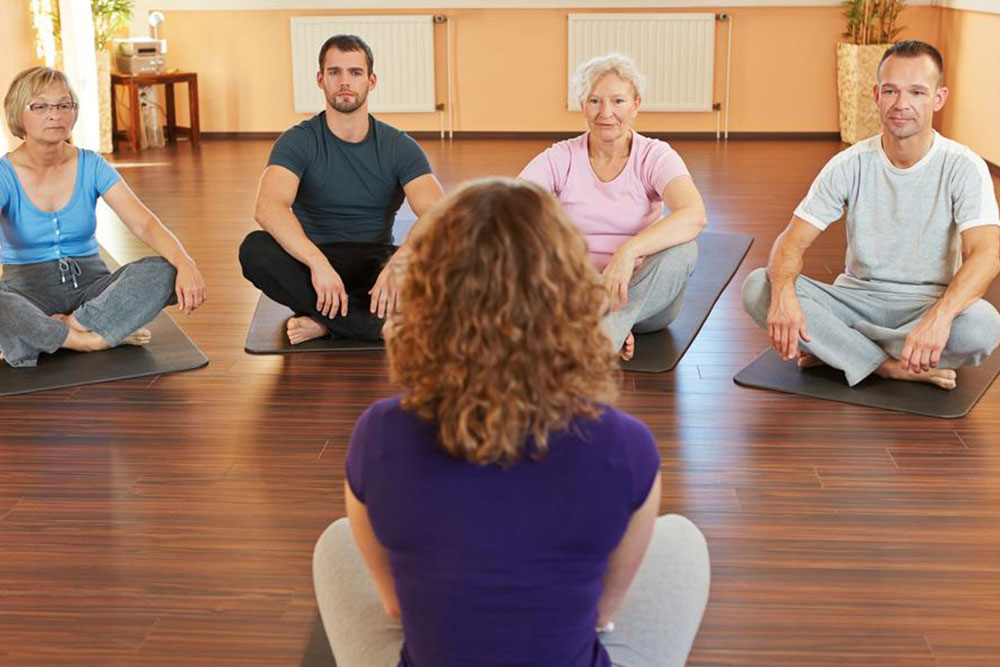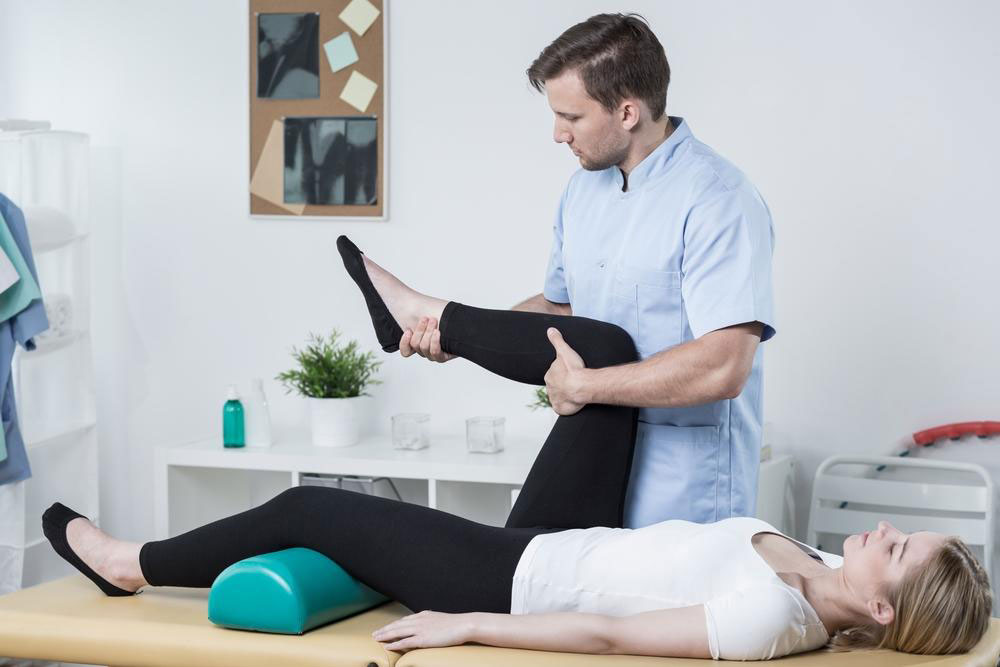Comprehensive Exercise Strategies to Relieve Joint Pain and Improve Mobility
This comprehensive guide explores effective exercise routines to alleviate joint discomfort. It emphasizes warm-up techniques, low-impact activities like swimming, cardiovascular workouts, and strength training. The article aims to help individuals reduce joint pain, improve flexibility, and boost overall joint health through tailored exercises and proper routines. Incorporating these strategies can significantly improve quality of life for those suffering from joint issues, promoting mobility and reducing reliance on medication.

Comprehensive Exercise Strategies to Relieve Joint Pain and Improve Mobility
Joint discomfort, often experienced as aches, stiffness, or a persistent sense of pain, can significantly impact daily life and limit physical activity. This discomfort commonly results from the gradual degeneration of joint structures such as cartilage, or from injuries sustained over time. Addressing joint pain effectively requires a holistic approach that balances proper rest, targeted physical activity, nutrition, and medical interventions when necessary. Exercise, in particular, plays a pivotal role in managing and alleviating joint discomfort, provided it is performed correctly and consistently. In this comprehensive guide, we will explore a variety of exercise routines systematically designed to reduce joint pain, enhance flexibility, and promote overall joint health.
Starting with Proper Warm-Up to Prepare Your Joints
Before engaging in any physical activity, a proper warm-up routine is essential. Warm-up exercises help increase blood flow to muscles and joints, gradually elevating body temperature and reducing the risk of injury. For individuals with existing joint issues, warm-up routines help lubricate the joint tissues, decreasing stiffness and preparing them for movement. Simple activities like gentle walking, arm circles, ankle rotations, or light stretching can serve as effective warm-ups. Take at least 5-10 minutes to thoroughly warm up your body, ensuring that your joints are adequately prepared for the workout ahead. Proper warming up can significantly reduce discomfort and improve exercise effectiveness.
Engaging in Swimming for Low-Impact Joint Support
Swimming remains one of the most recommended low-impact aerobic exercises for individuals suffering from joint discomfort. The buoyant nature of water supports the body's weight, reducing stress on weight-bearing joints such as hips, knees, and ankles. Regular swimming sessions can stimulate muscle strength, improve cardiovascular health, and enhance joint flexibility without causing additional strain. For those with chronic joint pain or arthritis, swimming offers a safe environment to move freely and comfortably. Experts suggest aiming for at least 30 to 60 minutes of swimming three to five times a week to experience notable benefits. Alternatively, water aerobics or resistance exercises in water can also be effective options for joint health management.
Incorporating Cardiovascular Exercises to Boost Joint Function
Cardiovascular activities such as brisk walking, jogging, cycling, and elliptical training are vital for maintaining joint health. These exercises improve blood circulation, deliver nutrients, and facilitate the removal of metabolic waste products from joints. Moderate-intensity cardio activities help increase joint lubrication and flexibility, making daily movements more comfortable. It is essential to tailor exercise intensity according to individual pain levels, starting slow and gradually increasing duration and intensity to prevent overexertion. For individuals with moderate to severe joint pain, low-impact options like stationary cycling or water walking are recommended. Remember, consistency is key—regular cardio workouts can help delay the progression of joint degeneration and improve overall mobility.
Individuals experiencing joint pain should adopt a balanced workout routine that targets both upper and lower body muscles. Strengthening exercises such as gentle stretching, bodyweight squats, sit-ups, and rotational movements help improve muscular support around joints, reducing strain and instability. Incorporating flexibility exercises, including stretching routines, enhances joint range of motion. It’s also crucial to stay well-hydrated and support your exercise efforts with a nutritious, anti-inflammatory diet rich in omega-3 fatty acids, antioxidants, and essential vitamins. Consulting with physical therapists or healthcare providers can help craft personalized routines aligned with individual needs and limitations. Over time, these exercises can not only alleviate pain but also improve joint function, enhance posture, and help maintain independence in daily activities.





